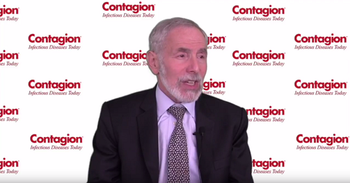
Kenneth Mayer, MD, discusses the current challenges of improving pre-exposure prophylaxis delivery and adherence in the United States.

Kenneth Mayer, MD, discusses the current challenges of improving pre-exposure prophylaxis delivery and adherence in the United States.

Kenneth Mayer, MD, shares some of the common concerns individuals have regarding the use of pre-exposure prophylaxis as protection against HIV.

New information indicates that HIV-positive men can safely father children with their uninfected female partners as long as the couple takes certain precautions.
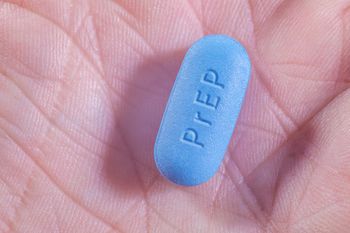
Findings presented at the 2017 Pediatric Academic Societies Meeting show that this HIV prevention treatment appears to cause loss in bone denisty in young males. However, alternatives may be available.
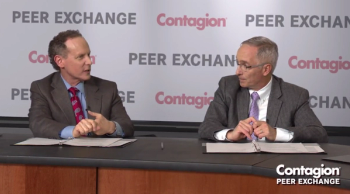
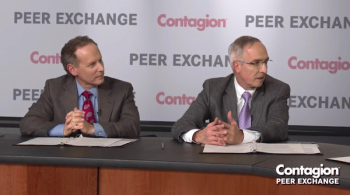
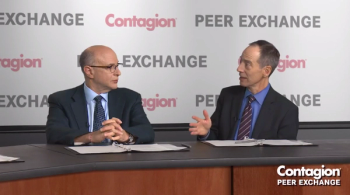
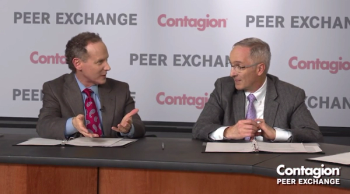
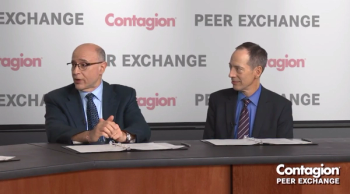
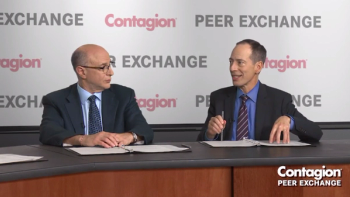
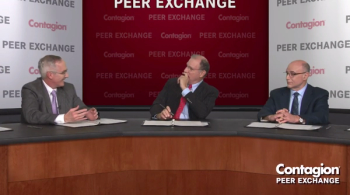
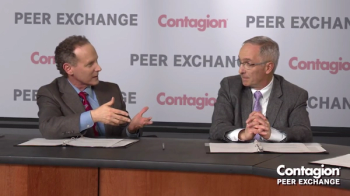
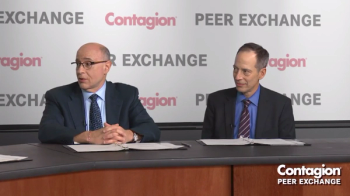
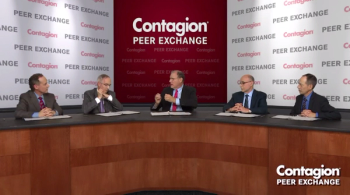
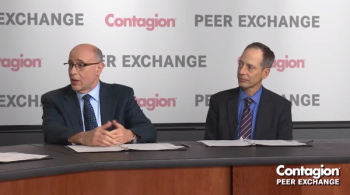
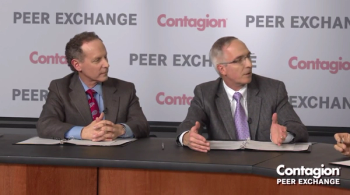
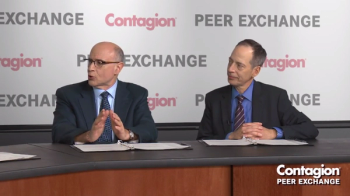
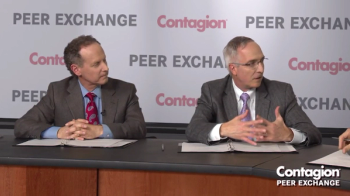
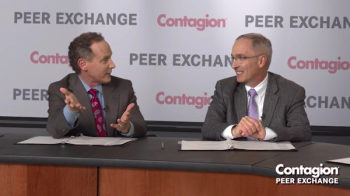
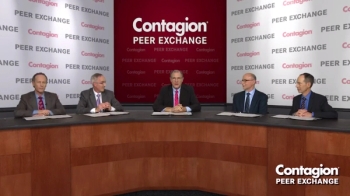
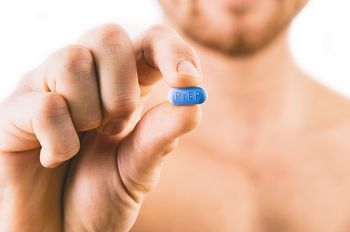
Brown University researchers propose thinking about pre-exposure prophylaxis (PrEP) as a nine-step continuum of preventive care, one that improves uptake and focuses on retention in care.
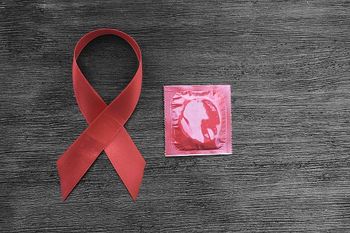
A survey spanning almost two decades shows a consistent increase in condom-less anal sex and number of sexual partners in MSM as many see antiretroviral therapy as a "protective back-up" measure to avoid HIV infection.

Researchers have found incidence of multidrug-resistant HIV-1 infection, despite the use of preexposure prophylaxis (PrEP).
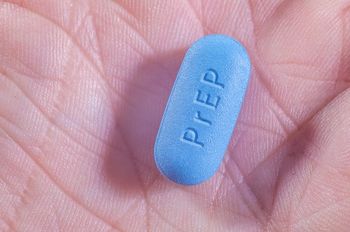
Researchers from the University of Pennsylvania Perelman School of Medicine show that many young transgender women are aware of HIV PrEP and have positive attitudes toward it.
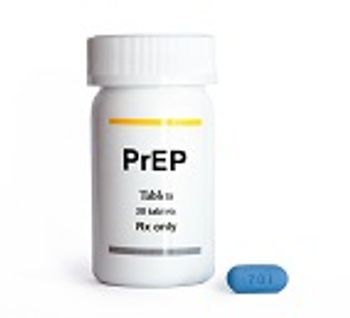
UCLA researchers have developed an online risk assessment calculator that will allow individuals to check their “PrEP score.”